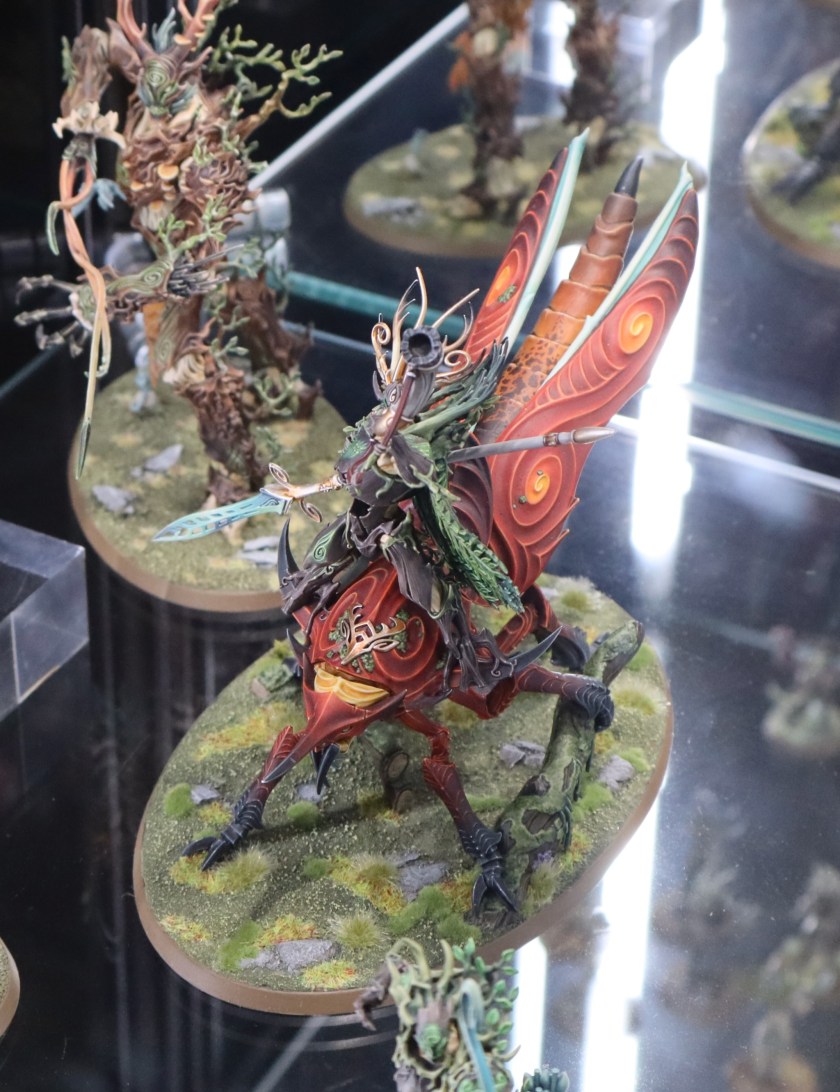I bought Operation Unthinkable boxed set, a Clash of Steel Starter set, containing the British and German tanks. It contains 17 tanks, two of which are the King Tiger tank.
The Tiger II (or as was informally known to the Germans who fought in it, Königstiger), was a 70 tonne heavy tank.
Having constructed one of the King Tiger models, I started making the second one.
The next stage was a white undercoat.
Having given the tanks a white undercoat, I then used a brown spray to basecoat the underneath of the models.
The aim of this spray is to add shadow to the model rather than using the same paint across the whole of the model.
The next step was a coat of Army Painter Desert Yellow Spray.
The next stage will be brush painting the camouflage.











































